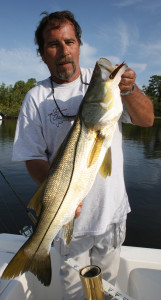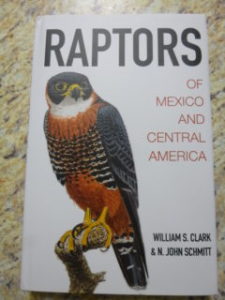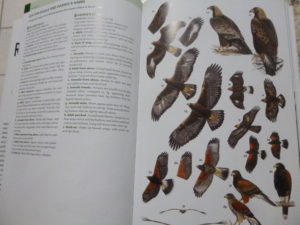
American Press Travel News-January 20th, Hawaii, USA–Columnist, Richard Hines at Koko Crater Botanical Garden in Oahu, Hawaii–My wife, Pam and I decided to make one more early morning trip before our 6:00 PM flight out of Honolulu. Pam is active with our local Garden Club and one of the Master Gardner’s in our home county in Kentucky. With these credentials, it was obvious flowers were on the agenda, so we opted for the Koko Crater Botanical Garden. It was our third garden tour this past two weeks and while she was busy checking out the names of flowers, I concentrated on photographing some of the local birds.
During the entire trip bird photograph was a high priority and because Koko Crater was not crowded, I was able to photograph as many if not more birds in this garden than any other location we visited. On this morning, I was able to add several birds to our life list plus photograph Zebra Dove, White-rumped Shama, and Red-billed Leiothrix among others.
The 50,000-year-old crater has created perfect growing conditions for barrel cactus and other desert species across the 60-acre garden which is within the 200-acre crater site. We saw an interesting mix of desert plant species from America, Africa, and Pacific locations

When you drive in the parking area, you won’t find a visitor station as at other gardens and as we walked through the gate you will find a sign and information brochures near the gate. This the area where you will first notice the grove of Plumeria trees which provided a unique scent as we walked along the trail.
The Koko Crater Botanical Garden is located on the eastern end of Oahu, Hawaii. You will find four major collections which are organized by region (Africa, the Americas, Hawaii, Madagascar). In all there are around 500 trees comprising 200 species that you will see around the 2-mile-long loop trail.




